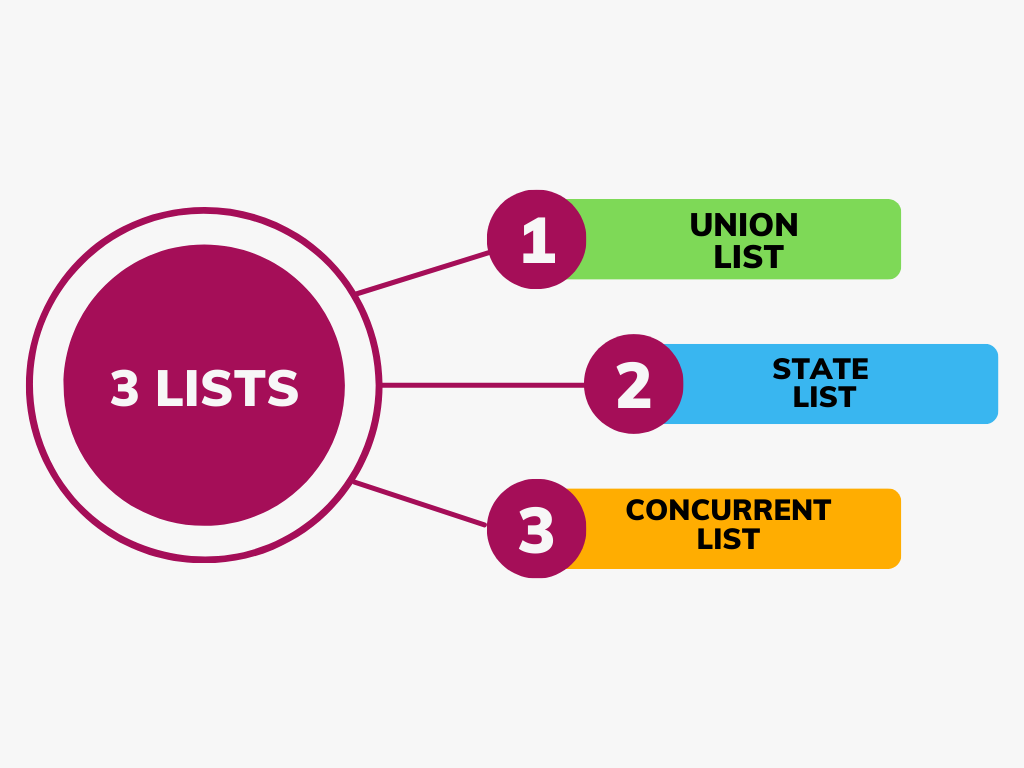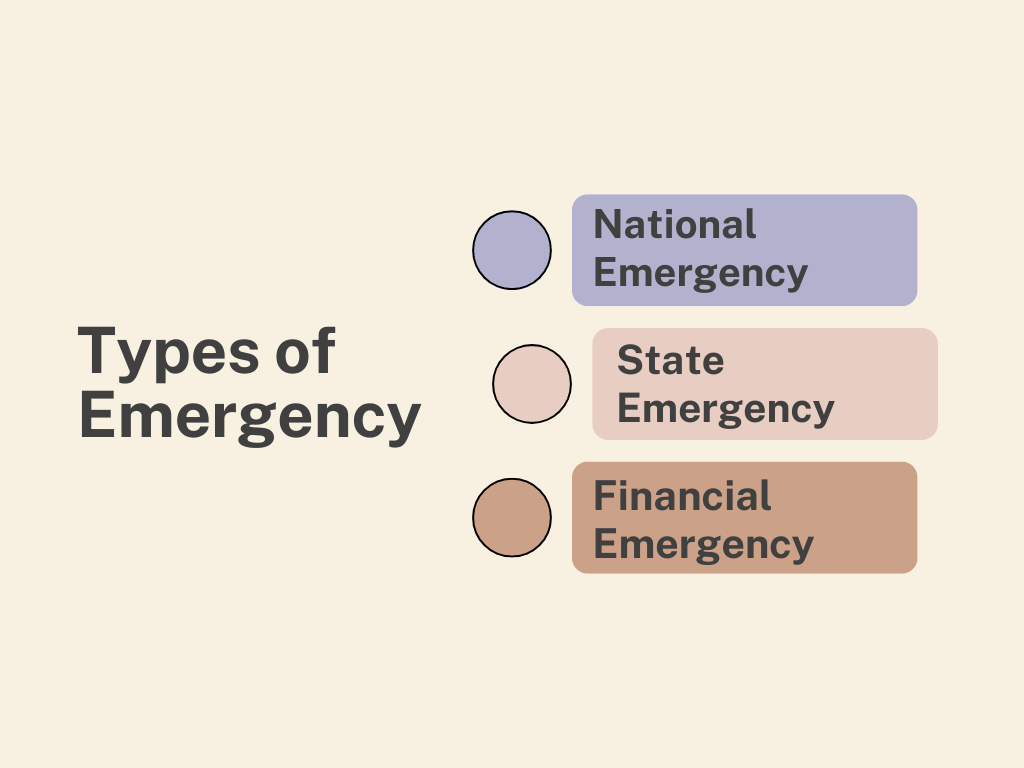An Overview of the Indian Constitution
The Constitution of India is the supreme law of the land, serving as the foundation for the governance and legal framework of the country.
According to Lord Bryce, “the Constitution of a State or a nation consists of laws or rules that determine the form of its government and respective rights and duties of it towards the citizens and citizens towards the government.”
The Constitution of India was adopted on November 26, 1949, now celebrated as Constitution Day. It came into effect on January 26, 1950, marking the birth of the Republic of India. This day is commemorated annually as Republic Day every year.
Important Features of the Indian Constitution
Preamble
The Preamble of the Indian Constitution shows the vision and values that the Constitution stands for. It declares India as a Sovereign, Socialist, Secular, Democratic, Republic and aims to secure justice, liberty, equality, and fraternity for all its citizens. The Preamble serves as a guiding light for interpreting the Constitution and its provisions.
Largest Written Constitution
It is a written constitution containing as many as 395 Articles, originally divided into 22 parts and 9 schedules. At present, there are 448 articles, 25 parts, and 12 schedules in the Indian Constitution.
Fundamental Rights
The Fundamental Rights, enshrined in Part III of the Constitution (Articles 12 to 35), are pivotal in ensuring individual freedoms and equality. These rights include:
Right to Equality (Articles 14-18)
Right to Freedom (Articles 19-22)
The Right against Exploitation (Articles 23-24)
Right to Freedom of Religion (Articles 25-28)
Cultural and Educational Rights (Articles 29-30)
Right to Constitutional Remedies (Article 32)
Directive Principles of State Policy
Part IV of the Constitution (Articles 36 to 51) outlines the Directive Principles of State Policy. These principles are non-justiciable, which means they are not enforceable by the courts. However, they are fundamental in the governance of the country. They are guiding the state in making policies aimed at promoting social and economic welfare.
Fundamental Duties
Article 51A, added by the 42nd Amendment in 1976, lists the Fundamental Duties of citizens. These duties promote civic responsibility and include respecting the Constitution, national symbols, and institutions; promoting harmony; protecting the environment; and striving towards excellence in all spheres.
Federal Structure

The Indian Constitution establishes a federal system of government, dividing powers between the central government and state governments. The Constitution provides a clear division of legislative, administrative, and financial powers through three lists in the Seventh Schedule:
Union List: Subjects under the exclusive jurisdiction of the central government, such as defence, foreign affairs, and atomic energy.
State List: Subjects under the exclusive jurisdiction of state governments, such as police, public health, and agriculture.
Concurrent List: Subjects where both the central and state governments can legislate, such as education, forest, and trade unions.
Parliamentary System
India follows a parliamentary system of government, modelled after the British system. The President of India is the Head of State, while the Prime Minister is the Head of Government.
The Parliament consists of two houses: the Lok Sabha (House of the People) and the Rajya Sabha (Council of States). This system ensures a close relationship between the executive and the legislature.
Separation of Powers
The Constitution empowers the separation of powers among the three branches of government: the executive, the legislature, and the judiciary. This system ensures a system of checks and balances, where each branch can check the powers of the others to prevent abuse.
Independent Judiciary
The judiciary in India is independent and impartial, ensuring the rule of law and protection of fundamental rights. The Supreme Court is the apex court, followed by High Courts and subordinate courts. The appointment of judges ensures independence and integrity through a rigorous process.
Judicial Review
Judicial review is a key feature of the Indian Constitution, empowering the judiciary to review and strike down laws and executive actions that violate the Constitution. This power ensures that all branches of government adhere to constitutional principles.
Emergency Provisions

The Constitution provides for emergency provisions under Articles 352, 356, and 360:
National Emergency (Article 352): Article 352 allows for declaring a National Emergency during war, external aggression, or armed rebellion, enabling the central government to assume enhanced control.
State emergency (Article 356): This can be imposed in a state if the President believes that the state government cannot function according to constitutional provisions.
Financial Emergency (Article 360): This can be declared if the financial stability of the country is threatened, allowing the central government to control financial matters.
Amendment Process
Article 368 outlines the process for amendments, requiring a special majority in Parliament and, in certain cases, ratification by half of the state legislatures. This process ensures the Constitution remains a living document and responsive to new challenges and aspirations.
Conclusion
The Constitution of India is a comprehensive and dynamic document that provides the framework for the governance and legal system of the country. By incorporating the best practices from various constitutions around the world and adapting them to Indian conditions, the Constitution has laid a strong foundation for India’s democratic and inclusive development.
FAQs about the Key Features of the Indian Constitution
What are Fundamental Rights, and why are they important?
Fundamental Rights are the basic human rights guaranteed to all citizens by the Indian Constitution, outlined in Articles 12 to 35. They are important because they protect individual freedoms and ensure equality, justice, and dignity for all citizens. They are enforceable by the courts, allowing individuals to seek redressal if their rights are violated.
What is the role of Fundamental Duties in the Indian Constitution?
Fundamental Duties, listed in Article 51A, were added by the 42nd Amendment in 1976. They outline the moral obligations of all citizens to help promote a spirit of patriotism and uphold the unity of India. These duties include respecting the Constitution, cherishing the noble ideals of the freedom struggle, protecting the sovereignty of the country, and promoting harmony.
What are Directive Principles of State Policy?
The Directive Principles of State Policy, outlined in Articles 36 to 51, are guidelines for the state to follow in governance. They aim to create social and economic conditions under which citizens can lead a good life. They are not enforceable by the courts, but are fundamental in the governance of the country, aiming to achieve social justice and economic welfare.
Also Read: The Preamble of the Indian Constitution

